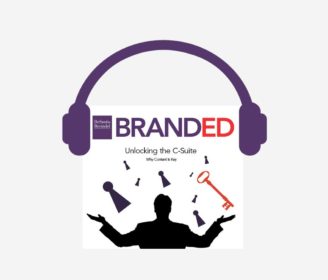Keeping Up With Your Customers
In today’s digitally-driven, increasingly disruptive B2B landscape, creating sustainable advantage is more elusive than ever. In fact, the sheer pace of change has left many B2B marketers feeling like they are in a perpetual state of catch-up (there are entire conferences devoted to this pursuit). And it’s not just the up…



